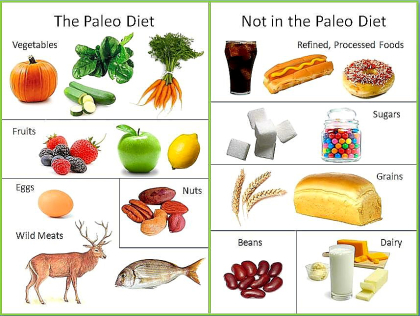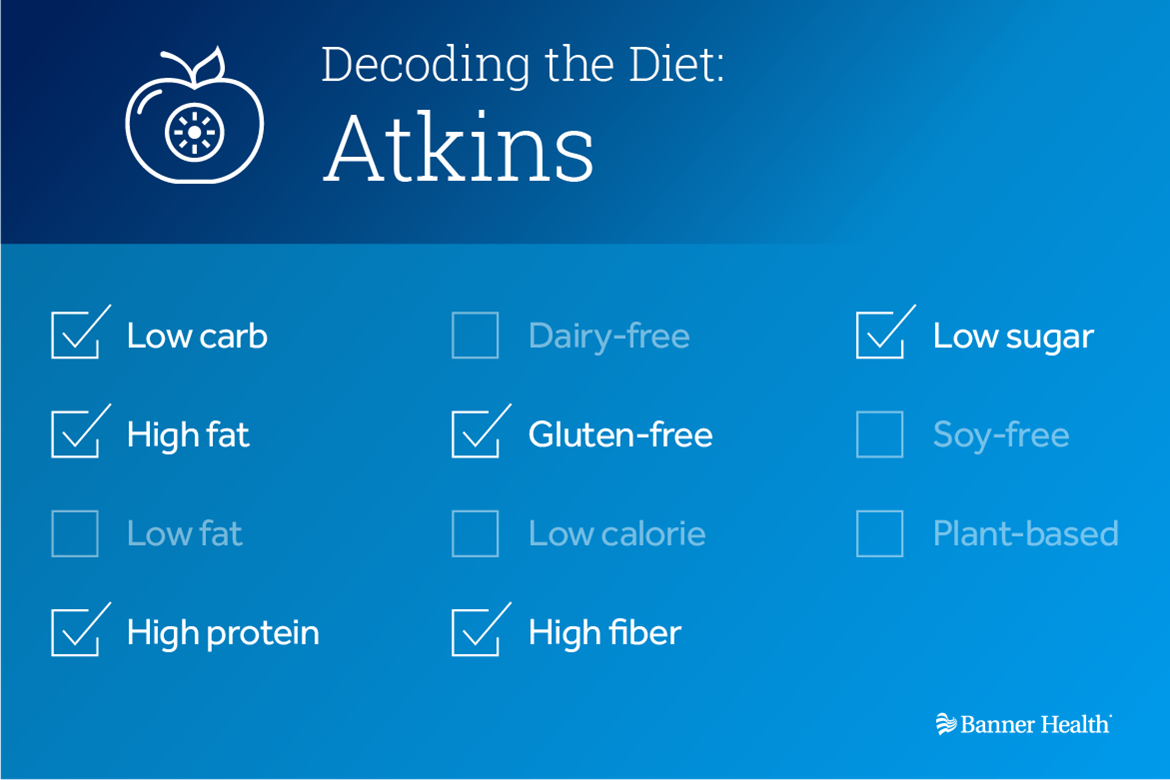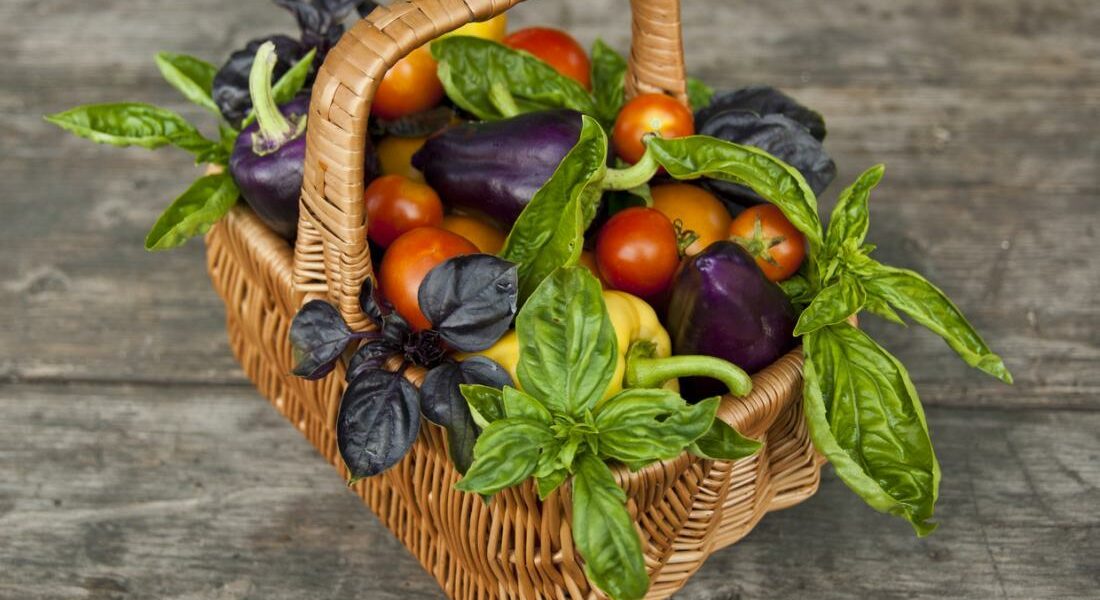For a fit & healthy lifestyle, there are two most crucial elements – fitness and nutrition.
While you work out to maintain your fitness level, all fails if your nutrition isn’t proper and more importantly, right. Without the right nutrition/diet, all the intense workout that you may have done either reaps results really slowly or doesn’t have any effect at all.
So what kind of nutrition is right for you? While I have explained all about dieting and bad diets in my articles (DIETING – An introduction to mindful eating and Bad Weight Loss Diets to Avoid & Dieting-A Good Diet, , here we explore the famous diets, how to follow them, and how they affect your body.
Choose the Right Diet
Let’s explore the most asked questions around the most famous diets that almost everyone seems to know about. With the plethora of information and opinions available, it’s time you cleared the clutter and made your own informed decision. While you do so, I also want you to keep this in your mind – no matter which diet you follow, it has to be accompanied with regular and sincere workouts, with a mix of cardio and strength. Only following a diet will not help you achieve your goal!
- Keto Diet
A new fad in the weight loss industry, Keto diet is becoming increasingly famous with almost everyone recommending it and following it.

- What is it?
Keto diet or ketogenic diet is the one where your body (specifically liver) produces energy molecules called “ketones”. This is an alternative fuel source for the body and is produced when you eat very few carbs and moderate amounts of protein.
- How does it work?
In Keto diet, your entire body switches to Ketosis from Glycolysis, running mostly on fat, burning fat round the clock. Since your carb intake is limited, sugar isn’t produced enough for the body to perform glycolysis. As a result, the body is forced to switch to an alternate source of energy – FAT. It is then that the body starts burning the fat stored.
- What do you eat?
You eat all fats and protein in this diet. The most important thing for reaching ketosis is to avoid eating too many carbs. You have to limit your daily carb intake to 20 grams.
Things you can eat – meat, sea food, fish, eggs, natural fat and high fat sauces (coconut oil, butter garlic sauce, olive oil, almond butter), vegetables that grow above the ground (cauliflower, cabbage, spinach, avocado, broccoli, asparagus, eggplant, and zucchini), high fat dairy (cheese, full cream yogurt, full fat cream), berries, bone broth, sugar free tea & coffee.
- What to avoid?
Thumb rule – avoid all sugar and limit carbs intake. Do not take starch as well.
Things you must avoid – fruits (banana, manga, chickoo, custard apple, pear, apple), beer, pasta, rice, roti, soda, juices, chocolates, sweets, donuts, potatoes, all types of bread, candy, cashew nuts, legumes (beans, lentils)
- Who must avoid it?
You must avoid Keto if you have – Diabetes, kidney disease, or any pre-existing liver, pancreatic or kidney issues or conditions, or blood sugar issues such as hypoglycemia. It is also not appropriate or safe for people who are pregnant, nursing or who have Gestational Diabetes or for anyone suffering or recovered from an eating disorder.
- Advantages
Significant weight loss, fewer hunger pangs, lower desire to eat. Obese individuals on a very-low-calorie ketogenic diet lost more weight and inflammatory visceral (belly) fat in one study, published in December 2016 in the journal Endocrine.
- Side effects
It is advised that you practice caution during this diet. It is not backed scientifically for long term weight loss. Maintenance is extremely crucial when you get off the diet as your body cannot stay in ketosis for an extended period of time. And without maintenance, the weight is bound to bounce back. Especially because you would have consumed a lot of saturated fat as well which, in general, is extremely unhealthy. It has side effects such as loss of muscles, nausea, vomiting, fatigue, head ache, gastro intestinal distress. And it is said to be difficult for vegetarians as the options in vegetables is limited and this causes not only boredom but excess fatigue.
- Paleo Diet
This diet is based on one concept – cut back on the modern processed foods and get back to eating food of hunters-gatherers (i.e., only the food that can be hunted and gathered).

Credit: http://crossfitn6.com/1492-2/
- What is it?
In its simplest form, Paleo diet is based on the principle of eating only naturally available food. It aims at improving health by eliminating processed and high fat food.
- How does it work?
You load up on natural fruits and vegetables that are rich in minerals, vitamins and nutrients. These tend to keep you full for longer. And since you’re eliminating all types of processed foods, you tend to cut back on a lot of calories and fats. This is advised to be combined with intense work outs because your body then burns more calories than consumed and you tend to lose weight faster.
- What do you eat?
Lean meat, such as chicken, turkey, Fish, Seafood, Fresh fruit, Non-starchy vegetables such as lettuce, asparagus, green beans, broccoli, cabbage, Brussels sprouts, cauliflower, and spinach, Nuts, like almonds, walnuts, cashews, pecans, and pistachios (no peanuts), Seeds, like pumpkin and sunflower, Eggs, Plant-based oils, such as olive, walnut, grapeseed, and coconut oil
- What to avoid?
Grains (such as oats, wheat, barley, and rice), Starchy vegetables (such as potatoes and corn), Legumes or beans, Soy foods, hummus or beans of any kind, Dairy products, High-fat meats (such as salami, hot dogs, ground meat, rib roast, and ribs), Sugars, (aerated drinks, honey, jam or jelly, syrup, candy, cakes, cookies, and sports drinks), Processed foods or trans fats, Salty foods or added salt foods.
- Who must avoid it?
People with low blood pressure, sodium deficiency.
- Advantages
Weight loss is a given because of the limited food choices and the fact that you’ve cut all the fats, starch, and junk from your diet. You are more likely to eat a clean diet without additives, preservatives, or chemicals. There are anti-inflammatory benefits from the plant nutrients in fruits, vegetables, oils, nuts, and seeds.
- Side effects
Since your choices are limited and niche, this diet can get expensive. Energy sources such as grains and dairy are completely eliminated. Whole grains and legumes that are rich in fiber, vitamins and nutrients are also eliminated.
Any protein derived from an animal product increases the body’s production of insulin-like growth factor 1 (IGF-1), a growth-promoting hormone that accelerates the aging process and contributes to the growth and spread of cancer cells. In addition to animal protein, Heme iron from meat is an oxidant that accumulates in the body over time, and excess contributes to heart disease and dementia.
- Atkins Diet
Atkins diet is a low carbs diet recommended for weight loss and proposes to promote weight loss by consumption of as much protein and fat as an individual wants and avoiding foods high in carbs.

Credit:Bannerhealth.com
- What is it?
Atkins diet is a low carbs diet that inculcates consumption of increased quantities of protein and fat which, in turn, reduce the appetite, making an individual eat lesser calories without even having to think about it.
- How does it work?
The Atkins diet is split into 4 phases –
- Phase 1 (induction): Under 20 grams of carbs per day for 2 weeks. Eat high-fat, high-protein, with low-carb vegetables like leafy greens. This kick-starts the weight loss.
- Phase 2 (balancing): Slowly add more nuts, low-carb vegetables and small amounts of fruit back to your diet.
- Phase 3 (fine-tuning): Very close to your goal weight, you add more carbs to your diet until weight loss slows down.
- Phase 4 (maintenance): Here you eat as many healthy carbs as your body can tolerate without regaining weight.
- What do you eat?
The Atkins diet propagates intake of high protein foods and fats –
Meat, Fatty fish and seafood, Eggs, Low carb vegetables, Full fat dairy, Healthy fats (oils, avocados), Nuts and seed, Beverages (water, coffee, green-tea).
- What to avoid?
Sugars, Grains, Vegetable oils, Diet foods, Trans-fats, Starches, Legumes, High carb fruits and vegetables,
- Who should avoid this diet?
Individuals concerned about high levels of fats and proteins affecting heart and kidneys can avoid this diet. People with gall bladder issues must also talk to their doctors before consuming high amount of protein.
- Advantages
- This diet promotes rapid weight loss
- Helps dieters consume unlimited protein and fat rich foods
- Slowly introduces the weight gaining carbs back into the body, hence doesn’t put your body through extreme and sudden changes.
- Not expensive
- Not time consuming
- Side effects
- This diet approves consumption of high amounts of unsaturated fats which is scientifically proven to be unhealthy in long run as it increases the amount of bad cholesterol in the blood.
- Nausea, Bad breath
- Cuts down valuable nutrients
- Restrictive in nature
- Problematic for vegetarians with limited options to eat.
- Dukan Diet
Dukan diet is the said to be the ultimate diet in prescriptive eating, with 72 foods to choose from in the first phase. Carbohydrates are the enemy, even if they come dressed as fruit and veg.

Credit:https://www.dukandiet.com
- What is it?
Dukan diet is a high-protein, low carbohydrates diet. This diet was devised by the French nutritionist Pierre Dukan and was dubbed as the “French medical solution to permanent weight loss”
- How does it work?
The Dukan diet works on very similar terms as the low-carbs diet (Atkins, Keto) emphasizing on consumption of fat and proteins and omission of carbohydrates. The Dukan diet has 4 phases –
- Attack phase
- Cruise phase
- Consolidation phase
- Stabilisation phase
The weight loss phases are primarily based on eating unlimited high-protein foods and mandatory oat bran. The other phases involve adding non-starchy vegetables followed by some carbs and fat. Later on, there will be fewer and fewer pure protein days to maintain your new weight.
- What do you eat?
The Dukan diet gives a choice of 72 high protein foods and carbohydrates in the form of pre-approved 28 vegetables. Consumption of fruits and dairy happen gradually but surely according to the phases of the diet. A few of the 72 foods are (however the introduction of vegetables is only in the second phase) –
- Poultry without skin
- Fish
- Eggs
- Not fat dairy
- Tofu
- Oat bran
- Vegetables (spinach, kale, broccoli, asparagus, cabbage, bell pepper, sprouts, cucumber, eggplant, artichoke, celery, tomatoes, mushrooms, onions, pumpkin, turnip, carrots, beet, etc.
- What to avoid?
Dukan diet restricts the people practicing this diet to avoid certain types of foods based on phases of the diet
- Vegetables apart from the 28 approved vegetables.
- Avoid listed 45 fruits like bananas, grapes, cherries, figs, etc.
- Who should avoid this diet?
The Dukan diet is not suitable for individuals with high levels of cholesterol, eating disorders, gout or kidney disease.
- Advantages
This diet helps to lose weight rapidly. This diet has proven to be pretty effective. Having a limited choice helps in planning meals better. Elimination of alcohol helps with quicker results motivating individuals to keep going.
- Side effects
Shifting into diets can sometimes take a toll on the body caused by the change in the nutritional intake that the body had been accustomed.
Dukan diets can cause
- Nausea
- Weakness and insomnia
- Constipation
- Nutritional deficiencies
- Kidney problems and bone weakness
- Significant muscle loss, making your body lean but weak
We shall explore the other 4 diets in the part 2 of this article – Know Your Diets: Debunking 8 most famous diets (Part 2).
Till then, if you have any questions about the diets discussed here, please drop comment below and I will be more than happy to answer them.

